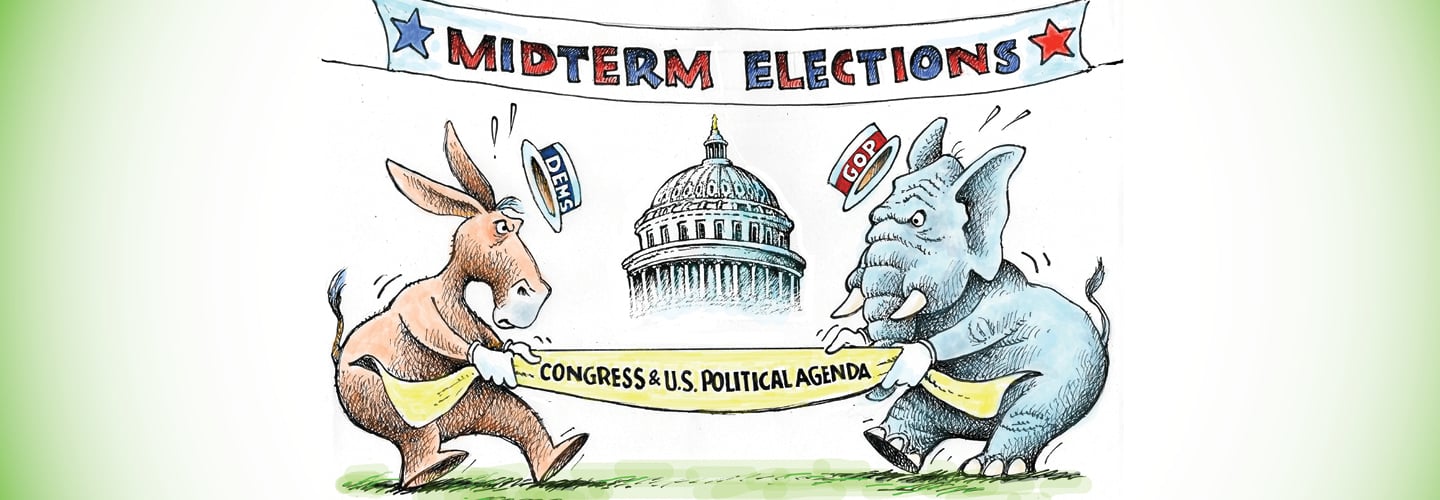Ben Rock, 18, spent three months last spring registering his high school classmates to vote and trying to convince them that it’s important to cast a ballot this November.
“I’ve lived in Nevada my whole life,” says Rock, who graduated in June from Incline High School, in Incline Village, Nevada. “It swings back and forth from Republican to Democratic almost every year. That’s why it’s so important to get teens politically engaged.”
The extent to which teens—and older Americans—vote this fall could determine which party controls Congress and what the next two years of President Biden’s term will look like. Typically, midterm elections—so called because they fall halfway through a president’s four-year term—don’t draw as much attention or turnout at the polls as presidential elections.
“But in some ways, they’re more important than presidential elections, because all the laws are written by Congress,” says Mark Rom, a political science professor at Georgetown University in Washington, D.C.
Ben Rock, 18, spent three months last spring getting his classmates registered to vote. He also tried to convince them that it’s important to cast a ballot this November.
“I’ve lived in Nevada my whole life,” says Rock, who graduated in June from Incline High School, in Incline Village, Nevada. “It swings back and forth from Republican to Democratic almost every year. That’s why it’s so important to get teens politically engaged.”
How Americans, including teens, vote this fall could decide which party controls Congress. The outcome will also affect what the next two years of President Biden’s term will look like. Midterm elections fall halfway through a president’s four-year term. Typically, they draw less attention and lower voter turnout than presidential elections.
“But in some ways, they’re more important than presidential elections, because all the laws are written by Congress,” says Mark Rom, a political science professor at Georgetown University in Washington, D.C.

